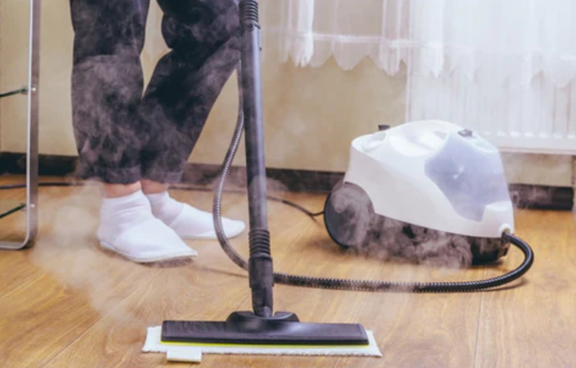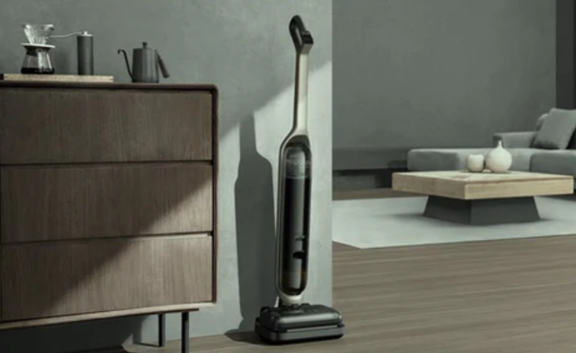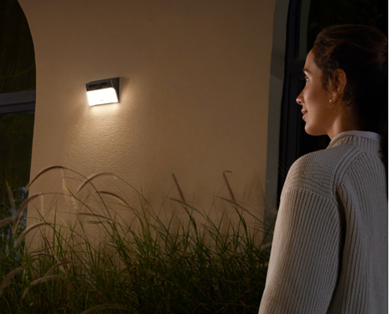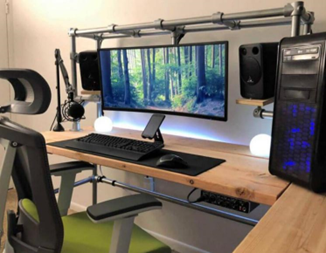Building your own coffee table can be a rewarding project that adds a personal touch to your living space. Whether you’re a novice woodworker or looking to take on a new DIY challenge, how to build a coffee table allows you to create a functional and stylish piece tailored to your taste. This guide will walk you through each step, from gathering materials to finishing the final product, ensuring that even beginners can achieve great results.
What Materials and Tools Do You Need?
Common Materials for Coffee Tables
You’ll need to start by selecting the materials. Commonly used woods include pine, oak, and walnut, which offer durability and an attractive grain. You’ll need:
• Wooden boards (for the tabletop and legs)
• Wood screws
• Wood glue
• Stain or paint (for finishing)
• Sandpaper
• A sealant (to protect the finished table)
Make sure to purchase high-quality materials to ensure the longevity and aesthetics of your coffee table.
Essential Tools You Will Need
Having the right tools is crucial for a smooth building process. Essential tools include:
• A saw (a circular saw or miter saw works well)
• A drill and drill bits
• A sander or sandpaper
• A measuring tape
• Clamps (to hold pieces together while glue sets)
• A paintbrush or rag (for applying stain/paint)
These tools will help you cut, shape, and assemble your coffee table efficiently.
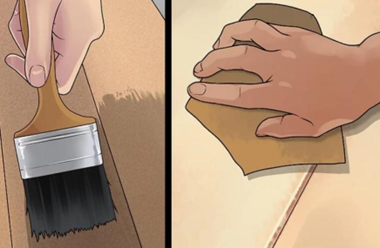
How Do You Design Your Coffee Table?
Choosing the Right Style
Start by deciding on the style you want for your coffee table. Do you prefer a rustic, farmhouse look or a sleek, modern design? Consider matching the style of your coffee table with the existing decor in your living room to create a cohesive space. Look for inspiration online, in home decor magazines, or on social media platforms to find a design that truly appeals to you.
Determining the Size of Your Table
Once you have a style in mind, sketch a rough design and determine the dimensions that best suit your space. Standard coffee tables are typically around 18 inches tall, with the tabletop measuring about 36 x 24 inches. However, feel free to adjust the size to better fit your room. Use a measuring tape to ensure the dimensions align perfectly with your living room setup and functionality needs.
How to Assemble the Coffee Table?
Cutting the Wood Pieces
Carefully measure and cut the wooden boards to match your design specifications, paying attention to every detail. For the tabletop, cut multiple boards to the desired length and width, ensuring they fit together seamlessly. For the legs, cut four equal pieces to the same height. Precision is crucial, so always double-check your measurements before making any cuts to guarantee a perfect fit and accurate results.
Assembling the Frame
Lay out the cut pieces and begin assembling the frame, ensuring the joints are aligned correctly. Apply wood glue at the joints for added strength, and use clamps to hold the pieces together while the glue dries. Once the glue sets, reinforce the joints with wood screws. To ensure accuracy, measure the diagonals of the frame; they should be equal, confirming that the frame is square.
Attaching the Tabletop
Align the tabletop boards carefully on top of the frame, ensuring they fit snugly. Apply wood glue to secure them in place, and then drive screws from underneath the frame into the tabletop for added reinforcement. Keep the gaps between the boards minimal for a smooth, even surface. Once assembled, sand down any rough edges for a polished finish.
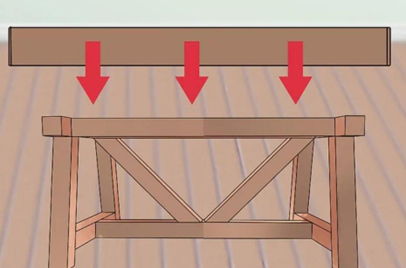
How to Finish and Protect Your Coffee Table?
Sanding for Smoothness
Sanding is essential for achieving a polished, smooth finish on your coffee table. Start by using coarse-grain sandpaper to remove rough spots and imperfections. Gradually switch to finer grains to refine the surface, ensuring a smooth texture. Pay special attention to edges and corners, as these areas often require extra care to ensure every part of the table is evenly smooth, enhancing the overall appearance.
Choosing the Right Stain or Paint
Select a stain that complements your desired aesthetic, applying it with a paintbrush or rag in the direction of the wood grain for a smooth, even finish. If you prefer a painted look, choose a high-quality paint designed for wood. Be sure to allow each coat of stain or paint to dry fully before applying additional layers for the best results.
Sealing the Surface
Finally, apply a sealant to protect your coffee table from spills, stains, and everyday wear. Polyurethane is a popular choice due to its durability and resistance to scratches. Use a brush to apply a thin, even coat, ensuring no excess product. Allow it to dry completely, and lightly sand between coats if applying multiple layers for a smooth, professional-looking finish.
Conclusion
Building a coffee table from scratch is a fulfilling project that not only enhances your DIY skills but also adds a custom piece to your home. If you're wondering how to build a coffee table, following this step-by-step guide will ensure that even beginners can achieve professional results. Gather your materials, design your table, assemble the pieces carefully, and finish with attention to detail. The result will be a beautiful, handcrafted coffee table that you can proudly showcase in your living room, elevating both your space and your craftsmanship.
FAQ
What is the best wood to use for a coffee table?
Hardwoods like oak, maple, and walnut are ideal due to their strength and beautiful grain patterns. Softwoods like pine are more affordable but may dent more easily.
How long does it take to build a coffee table?
A basic coffee table typically takes around 8-10 hours spread over a few days, accounting for cutting, assembling, drying, and finishing times.
Can I add storage features to my coffee table?
Yes, you can incorporate drawers or lower shelves for added functionality. Plan these features in your initial design and ensure you have the necessary materials and tools.


